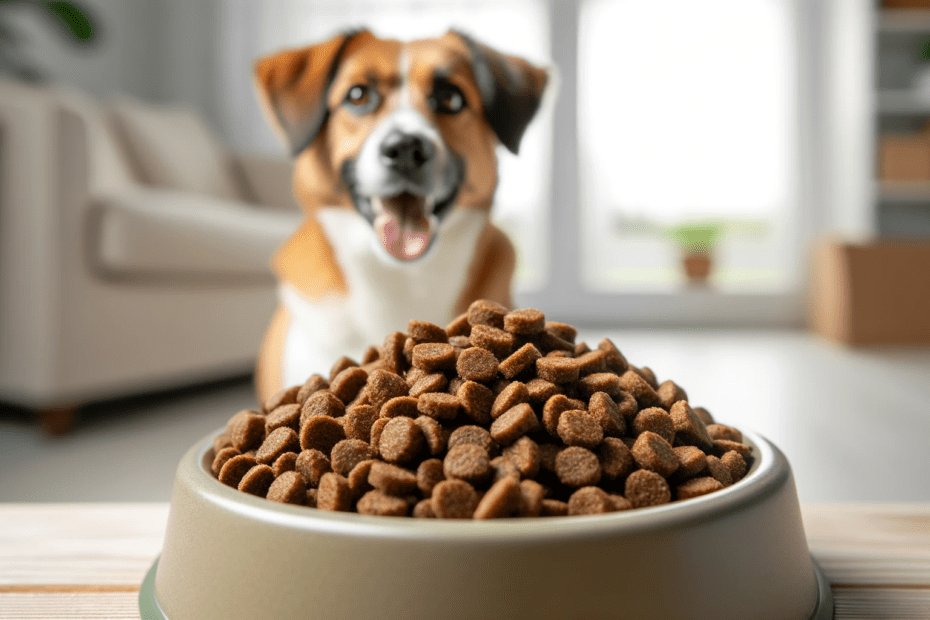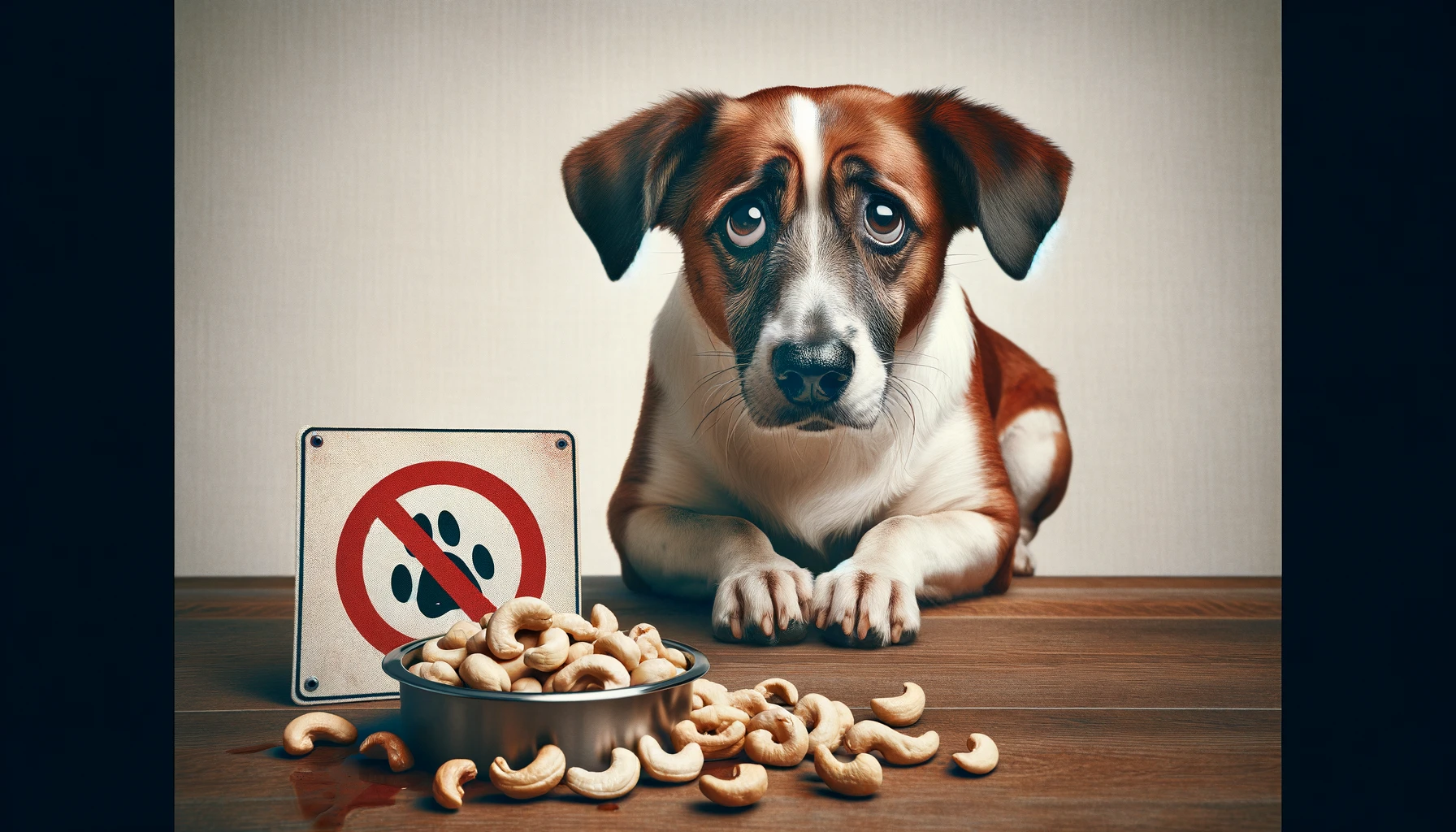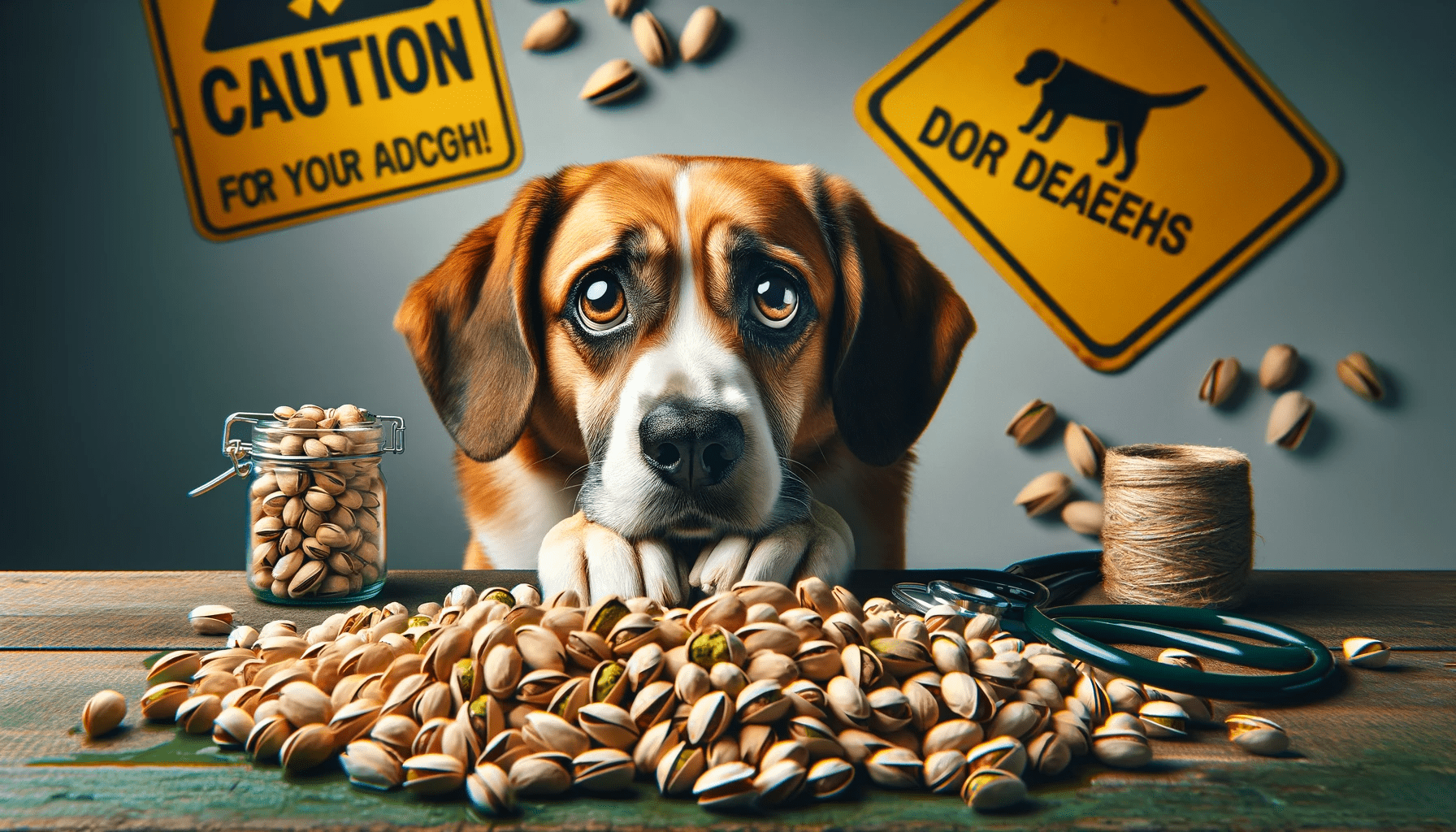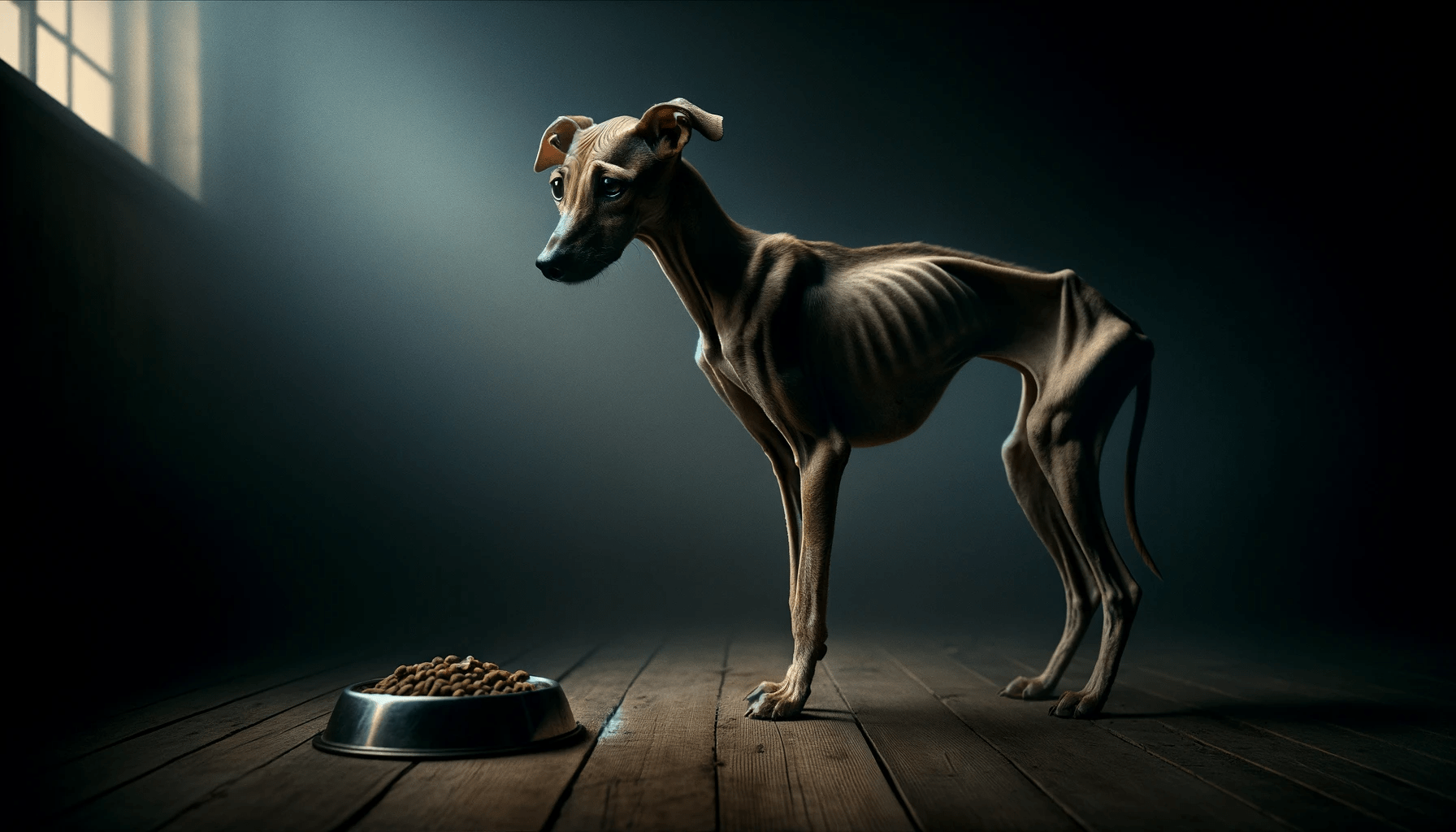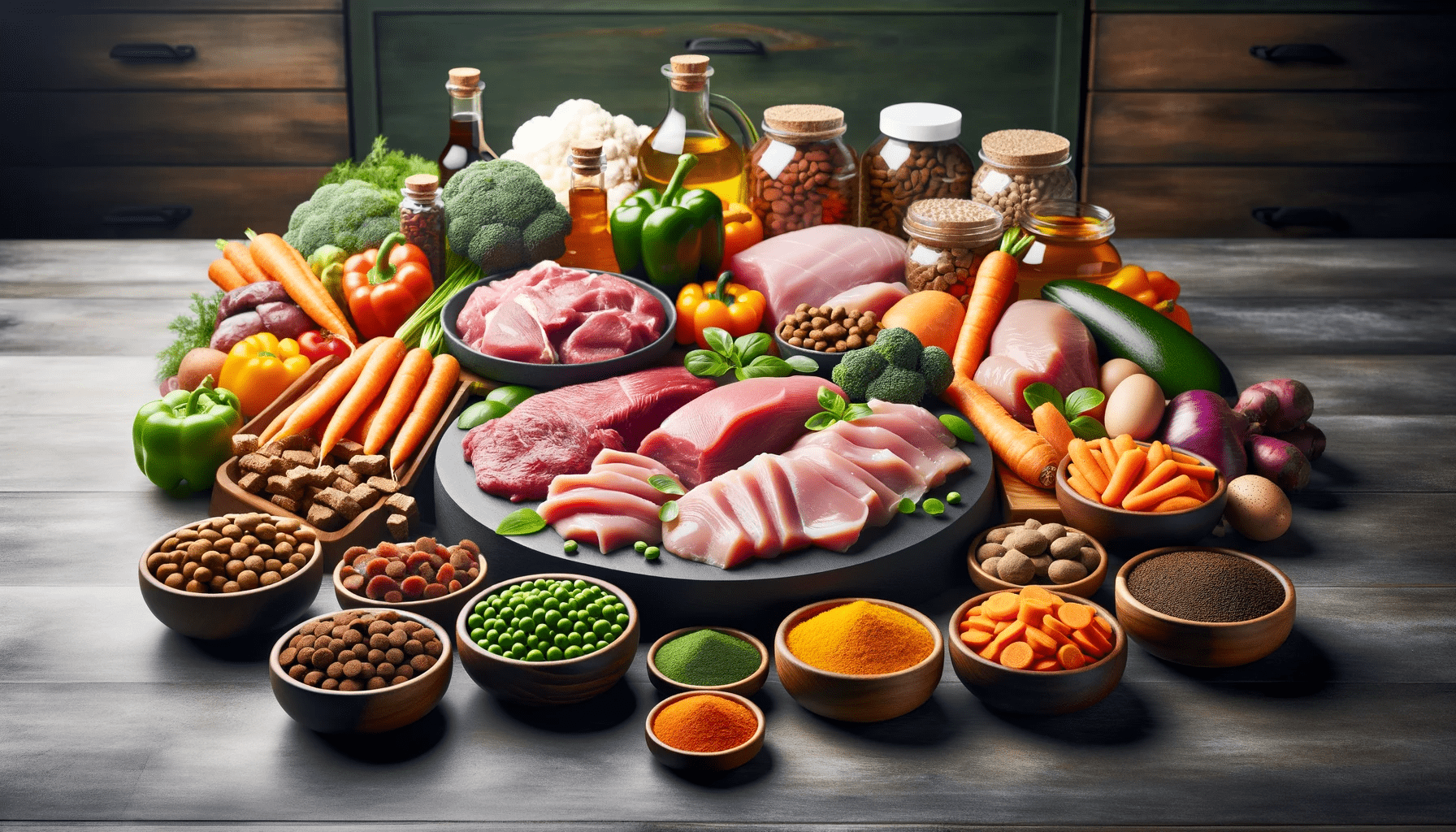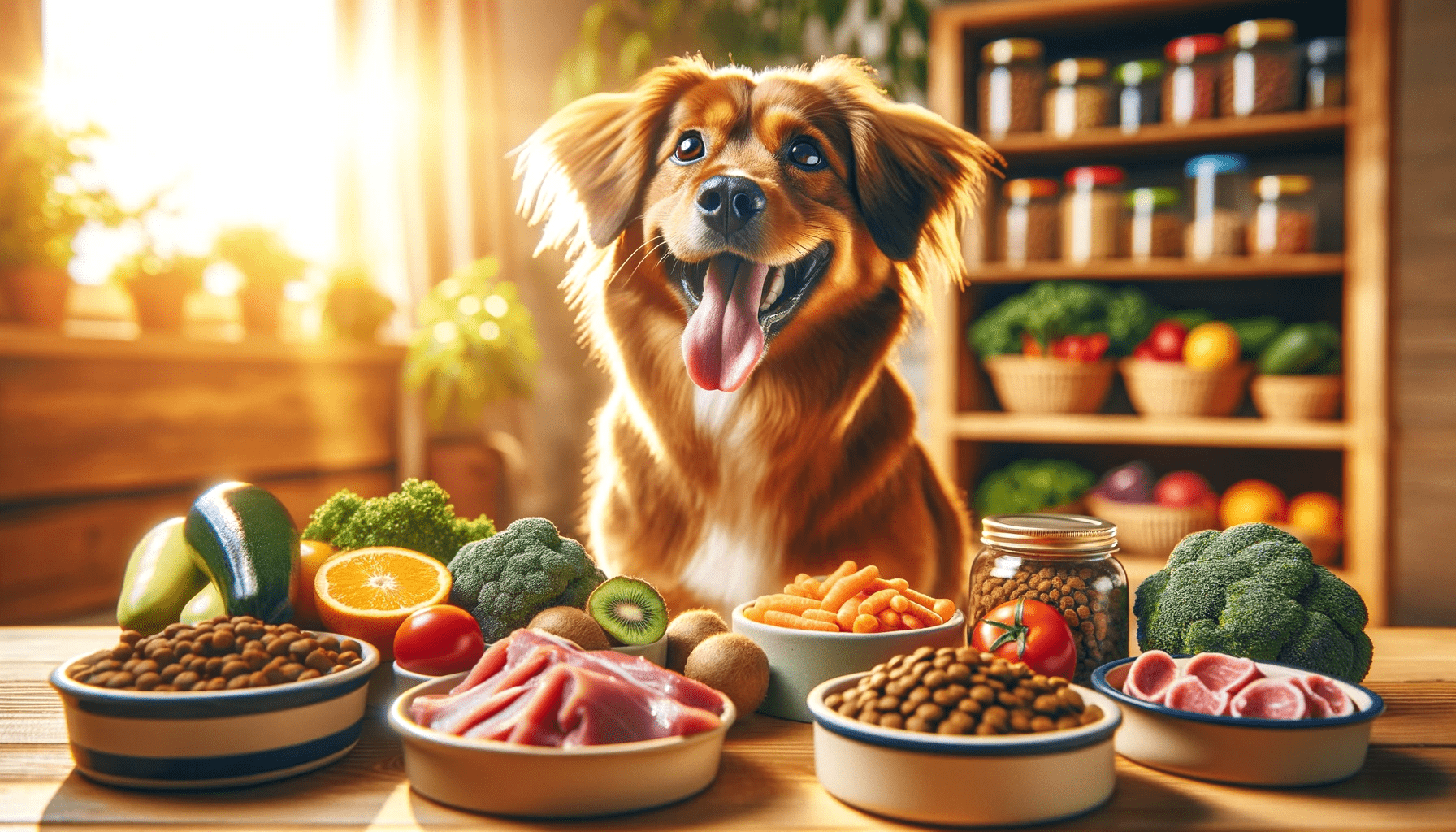Hydrolyzed protein is a key component in specialized dog food formulas, designed to address various dietary needs and sensitivities. This scientific process breaks down protein into smaller, more digestible components, reducing the risk of adverse reactions and promoting optimal nutrient absorption.
With its potential benefits for dogs with allergies or gastrointestinal issues, understanding hydrolyzed protein in dog food is crucial for pet owners seeking evidence-based solutions to improve their furry companions’ overall health and well-being.
Key Takeaways
- Hydrolyzed protein in dog food improves nutrient absorption over time.
- It is easier for the dog’s digestive system to process and absorb.
- Hydrolyzed protein is particularly beneficial for dogs with digestive issues or food sensitivities.
- The smaller components of hydrolyzed protein pass through the intestinal wall more easily, leading to improved overall health and well-being in dogs.
Benefits of Hydrolyzed Protein
One of the benefits of hydrolyzed protein in dog food is that it improves nutrient absorption over time. Hydrolyzed protein is a type of protein that has been broken down into smaller peptides and amino acids, making it easier for the dog’s digestive system to process and absorb. This is particularly beneficial for dogs with digestive issues or food sensitivities.
When dogs consume hydrolyzed protein, it undergoes a process called hydrolysis, which breaks the protein down into smaller components. These smaller components are then able to pass through the intestinal wall more easily, allowing for better absorption of essential nutrients. This can lead to improved overall health and well-being in dogs.
Furthermore, hydrolyzed protein has been shown to have positive effects on dogs with allergies or sensitivities to certain proteins. By breaking down the protein into smaller components, the likelihood of an allergic reaction or adverse effect is significantly reduced. This allows dogs with sensitivities to still receive the necessary nutrients from their food without experiencing negative side effects.
How Hydrolyzed Protein Is Made
Hydrolyzed protein is made through a specialized process that involves breaking down the protein into smaller components. This production process is known as enzymatic breakdown.
Enzymes, such as proteases, are used to hydrolyze the protein molecules into smaller peptides and amino acids. The process begins with the selection of a high-quality protein source, which can be derived from various animal or plant-based ingredients.
The first step in the production process is the extraction of the protein from the source material. This can be done through methods such as boiling, acid treatment, or fermentation. Once the protein is extracted, it undergoes enzymatic hydrolysis.
During this step, specific enzymes are added to the protein solution, which catalyze the breakdown of the protein into smaller peptides and amino acids. The reaction is carefully controlled to ensure optimal hydrolysis while maintaining the nutritional integrity of the protein.
After the enzymatic breakdown, the hydrolyzed protein solution is typically subjected to further processing steps, such as filtration and drying, to obtain the final hydrolyzed protein product. These additional steps help remove impurities and concentrate the protein, resulting in a highly digestible and hypoallergenic product.
The production process of hydrolyzed protein ensures that the protein molecules are broken down into smaller components, making them easier to digest and reducing the risk of triggering allergic reactions in sensitive dogs.
Common Sources of Hydrolyzed Protein
Common sources of hydrolyzed protein in dog food include various animal and plant-based ingredients. Animal sources of hydrolyzed protein commonly used in dog food production include chicken, beef, lamb, and fish. These proteins are hydrolyzed to break them down into smaller peptides, which are easier for dogs to digest and less likely to trigger allergic reactions.
Plant-based sources of hydrolyzed protein are often used as alternatives for dogs with specific dietary needs or allergies. These can include soy, rice, or pea protein. These plant proteins are also hydrolyzed to ensure they are hypoallergenic and easily digestible for dogs.
Hydrolyzed protein from animal or plant sources is an effective alternative to whole proteins for dogs with food sensitivities or allergies. The hydrolyzation process breaks down the proteins into smaller fragments, reducing the likelihood of an immune response. This can be particularly beneficial for dogs with conditions such as food allergies or inflammatory bowel disease.
It is important to note that the quality and sourcing of the ingredients used in hydrolyzed protein dog food can vary. Therefore, it is essential to choose a reputable brand that prioritizes high-quality, responsibly sourced ingredients to ensure the health and well-being of your dog.
Understanding Hydrolyzed Protein Diets
Hydrolyzed protein diets are carefully formulated to provide a hypoallergenic and easily digestible option for dogs with specific dietary needs or allergies. These diets are created by breaking down the protein molecules into smaller fragments, called peptides, through the process of hydrolysis. The main advantage of hydrolyzed protein diets is that they reduce the risk of triggering an allergic reaction in dogs with food allergies. Since the protein molecules are broken down into smaller fragments, they are less likely to be recognized by the immune system as allergens. This makes hydrolyzed protein diets a suitable option for dogs that experience adverse reactions to common protein sources like chicken, beef, or grains.
Another advantage of hydrolyzed protein diets is their high digestibility. The hydrolysis process breaks down the proteins into smaller, more easily digestible molecules, which can be beneficial for dogs with digestive issues or sensitive stomachs. Additionally, these diets provide essential amino acids, vitamins, and minerals that are necessary for a dog’s overall health and well-being.
However, there are a few disadvantages to consider when using hydrolyzed protein diets. One potential drawback is the cost, as these specialized diets tend to be more expensive than regular dog food. Additionally, some dogs may find the taste of hydrolyzed protein diets less appealing, which can make it challenging to transition them to this type of diet.
Considerations for Feeding Hydrolyzed Protein to Dogs
When considering the feeding of hydrolyzed protein to dogs, it is important to take into account various factors that can impact their dietary needs and overall well-being.
Hydrolyzed protein diets are often recommended for dogs with food allergies or intolerances, as the proteins have been broken down into smaller, more easily digestible molecules.
However, there are certain considerations that should be kept in mind.
Firstly, feeding restrictions may be necessary when using hydrolyzed protein diets. These diets are formulated to be nutritionally complete and balanced, but they may not be suitable for all dogs. It is important to consult with a veterinarian before starting a hydrolyzed protein diet to ensure it is appropriate for the individual dog’s specific needs.
Additionally, potential side effects may occur when feeding hydrolyzed protein to dogs. Some dogs may experience gastrointestinal upset, such as diarrhea or vomiting, when transitioning to a new diet. It is important to introduce the hydrolyzed protein diet gradually and monitor the dog closely for any adverse reactions.
Frequently Asked Questions
Are There Any Potential Side Effects of Feeding Dogs a Hydrolyzed Protein Diet?
Potential risks associated with feeding dogs a hydrolyzed protein diet include gastrointestinal upset, such as diarrhea or vomiting, as well as potential nutrient deficiencies due to the limited ingredient profile. However, it is important to note that these risks are relatively rare and most dogs tolerate hydrolyzed protein diets well.
Additionally, hydrolyzed protein diets have been found to be effective in managing food allergies and sensitivities in dogs, making them a viable option for dogs with these conditions.
Can Hydrolyzed Protein Be Used as a Long-Term Solution for Dogs With Food Allergies?
Hydrolyzed protein in dog food can be a viable long-term solution for dogs with food allergies.
Studies have shown that hydrolyzed proteins are effective in reducing allergic reactions and providing relief for dogs suffering from food allergies.
These proteins are broken down into smaller peptides, making them easier for dogs to digest and decreasing the likelihood of an allergic response.
Furthermore, hydrolyzed proteins retain their nutritional value, ensuring that dogs receive the necessary nutrients for optimal health while managing their food allergies.
Is Hydrolyzed Protein Suitable for All Dog Breeds and Sizes?
Hydrolyzed protein in dog food is a popular choice for dogs with food allergies. However, its suitability for all dog breeds and sizes is a subject of debate. While hydrolyzed protein can be beneficial for some dogs, it may not be suitable for all breeds and sizes due to varying nutritional requirements.
It is important to consult with a veterinarian to determine if hydrolyzed protein is the best long-term solution for a specific dog. Alternative options and taste comparisons should also be considered to ensure the best choice for the dog’s health and preferences.
Are There Any Alternative Options to Hydrolyzed Protein Diets for Dogs With Food Sensitivities?
Alternative diets can be considered for dogs with food sensitivities instead of hydrolyzed protein diets. These diets aim to provide suitable nutrition while minimizing the risk of triggering allergic reactions.
Some alternative options include limited ingredient diets, novel protein diets, and homemade diets under the guidance of a veterinary nutritionist.
It is important to ensure that these alternative diets still meet the nutritional needs of dogs, providing essential nutrients and maintaining overall health.
Consulting with a veterinarian is crucial to determine the most appropriate alternative diet for individual dogs.
How Does the Taste and Palatability of Hydrolyzed Protein Diets Compare to Regular Dog Food?
Taste comparison and palatability of hydrolyzed protein diets in relation to regular dog food is a crucial aspect to consider.
Hydrolyzed protein diets are formulated to be highly digestible and hypoallergenic, making them suitable for dogs with food sensitivities.
However, due to the extensive processing, these diets may lack the natural flavors and aromas found in regular dog food, potentially affecting taste and palatability.
Nonetheless, hydrolyzed protein diets offer nutritional benefits and play a significant role in managing food sensitivities in dogs.
Conclusion
In conclusion, hydrolyzed protein in dog food is a beneficial option for dogs with food allergies or sensitivities. The process of hydrolysis breaks down the protein into smaller molecules, making it easier for dogs to digest and reducing the risk of an allergic reaction.
Common sources of hydrolyzed protein include chicken, soy, and fish. It is important to consult with a veterinarian before feeding a hydrolyzed protein diet to ensure it meets the nutritional needs of the individual dog.
